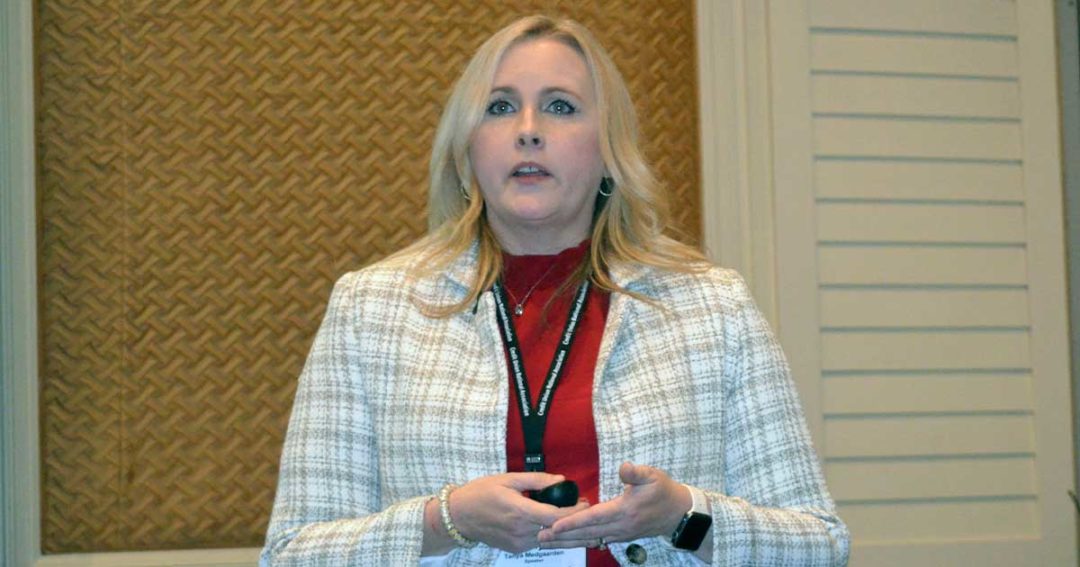
Ready for CECL? 5 questions to consider
Check with management about their approach to the new standard.
Dean Rohne and Tanya Medgaarden, principals at CLA, gave an overview of what supervisory committee members can expect from the upcoming implementation of the current expected credit losses (CECL) standard during CUNA's 2022 Supervisory Committee & Internal Audit Conference in Las Vegas.
CECL is a principles-based, rather than a rules-based, standard for determining allowance for loan and lease losses (ALLL), Medgaarden says. As such, it’s a forward-looking requirement for determining expected losses over the life of a loan rather than over a single operating cycle.
The standard goes into effect for most credit unions on Jan. 1, 2023. NCUA released a simplified CECL tool for small credit unions in September.
NCUA implemented a three-year phase in for net worth, Medgaarden notes. “From a call report standpoint, that initial adjustment is going to hit the net-worth calculation over a three-year period.”
The most common methodologies credit unions are expected to use in calculating CECL are loss-rate methods, such as the weighted-average remaining maturity method (WARM). Both NCUA and the Federal Reserve offer Excel-based WARM tools.
One challenge for credit unions under CECL will be the qualitative and environmental (Q&E) factors in their ALLL calculations, Rohne says. “Hopefully, the three-year phase in will ease some of those challenges over time.”
Among the Q&E factors credit unions must consider include portfolio trends and concentration, economic and market trends, changes in lending practices, changes in loan review systems, geographical considerations, and other factors such as national emergencies.
Medgaarden and Rohne offer five questions for supervisory committee members to consider:
- Has management identified a CECL methodology or approach?
- Can management explain how the models function?
- Have different scenarios been run to assess model performance?
- Is there a process to support Q&E factors?
- What process will you implement for model validation?